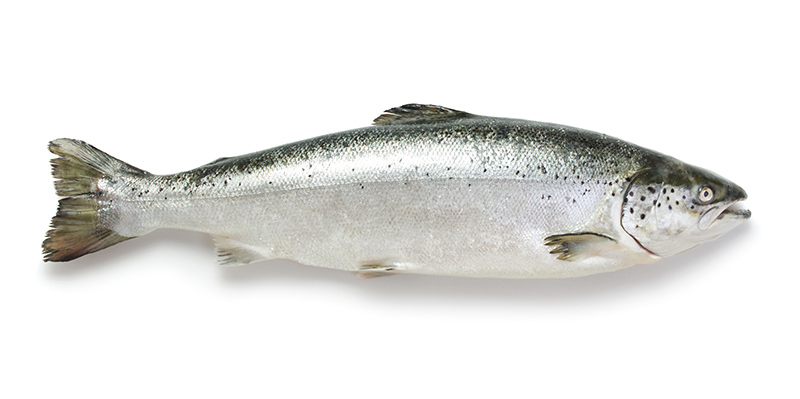You’ve heard that fish is brain food and that it’s good for the heart, so you occasionally choose the grilled salmon at a barbecue, go with a tuna sandwich from time-to-time and veer towards the seafood platter at your company party. But despite those efforts, the reality is you’re likely not eating enough seafood to meet the federal dietary guidelines or reaping the powerful heart and brain health benefits seafood offers.
A recent study by the United States Department of Agriculture (USDA) found that 80-90 percent of Americans don’t meet the recommendation to eat seafood—which includes fish and shellfish—at least twice a week. In fact, the average American ate just 14.6 pounds of seafood in 2014. While that might sound like a lot, compare that to the 101 pounds of red meat and 105 pounds of poultry the average American ate in the same year. We also consume more sugar, fats and oils, corn and wheat flour than fish.
When it comes to pregnant and breastfeeding women, the evidence of seafood deficiency is even more apparent. The Food and Drug Administration (FDA) found that the average expectant mother in the U.S. eats just 1.89 ounces of seafood a week, or less than half a serving. According to the USDA and the FDA guidelines, pregnant and breastfeeding women—just like all Americans—need to eat seafood no less than twice each week. This means that these women need to quadruple what they’re currently eating to meet their nutrient needs.
A tremendous global body of scientific evidence continues to find that eating seafood is vital for health—from baby brain development and a lowered risk of depression to heart disease prevention.
Not only is seafood the premiere dietary source of essential omega-3 fatty acids, it also provides high-quality protein, vitamin D, selenium and B vitamins in a low-calorie package. Not eating enough seafood has real consequences. A Harvard study found that low dietary intake of omega-3 fatty acids from fish is the second-biggest dietary contributor to preventable deaths in the U.S., taking 84,000 lives per year. It’s no surprise health organizations, from the American Heart Association to the American Diabetes Association, also have official recommendations to eat fish regularly each week.
So why do people eat so little seafood despite calls to eat more? Misinformation and rhetoric about everything from sustainability to mercury, peddled by an array of agenda-driven activist groups, has confused consumers. The distortion of facts and conflicting messages included in national and even global campaigns has compromised public health, as evidenced by America’s low consumption levels.
To bring clarity on how much seafood we should eat, consumers can break through the confusion with simple, independent, science-based advice found in the USDAs aforementioned dietary guidelines to, “increase the amount and variety of seafood you eat by choosing seafood in place of some meat and poultry.” The USDA recommends eating both farm-raised or wild-caught seafood, emphasizing there is no need to choose one type of fish over the other. When it comes to mercury, which is found in trace amounts in all ocean-caught seafood, the USDA says, “… evidence shows that the health benefits from consuming a variety of seafood in the amounts recommended outweigh the health risks associated with methyl mercury.”
Perhaps the most clear message around eating seafood is found in the World Health Organization (WHO) and the Food & Agriculture Organization of the United Nations (FAO) joint report—the real risk of seafood is not eating enough.


